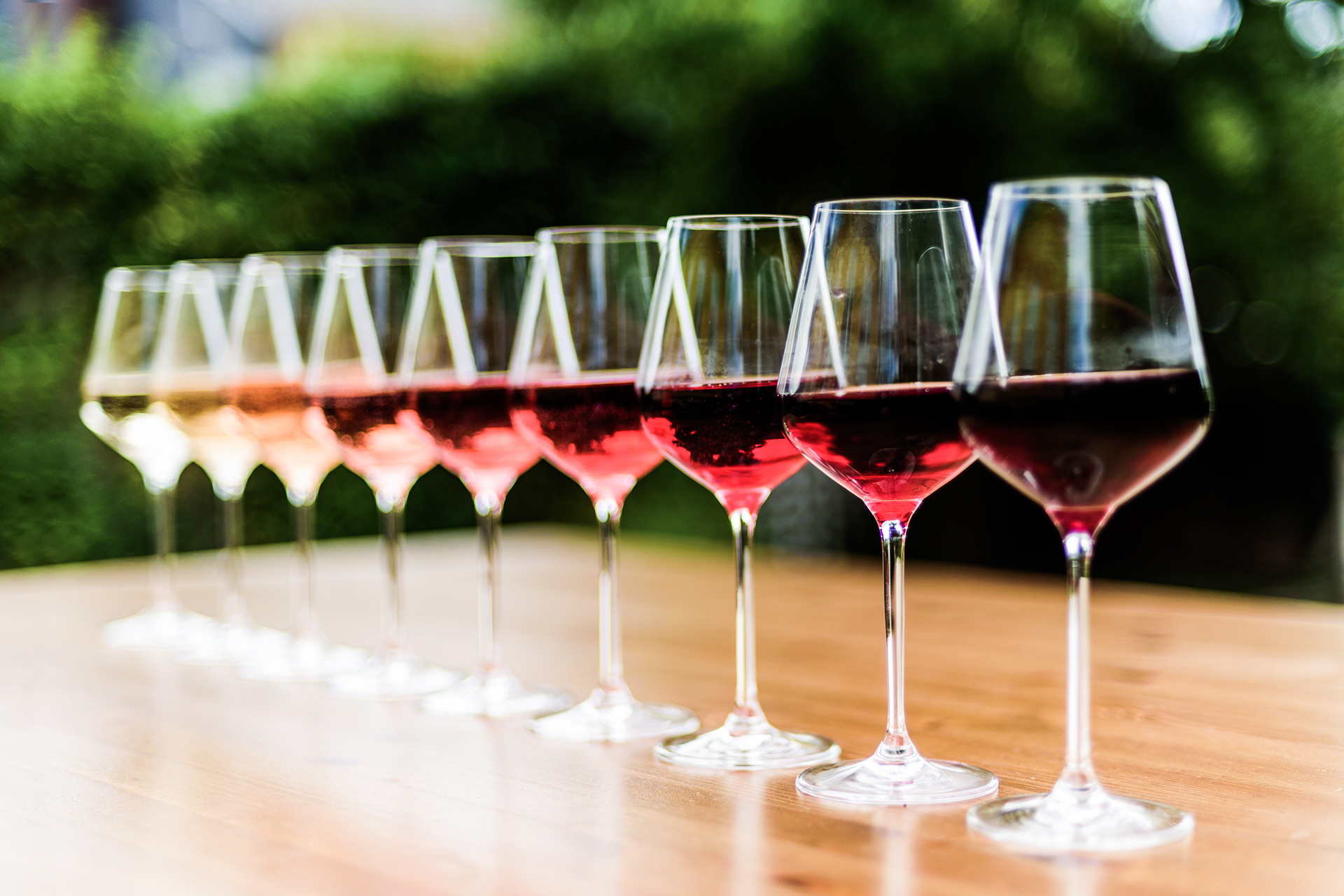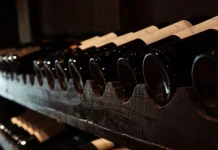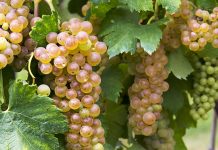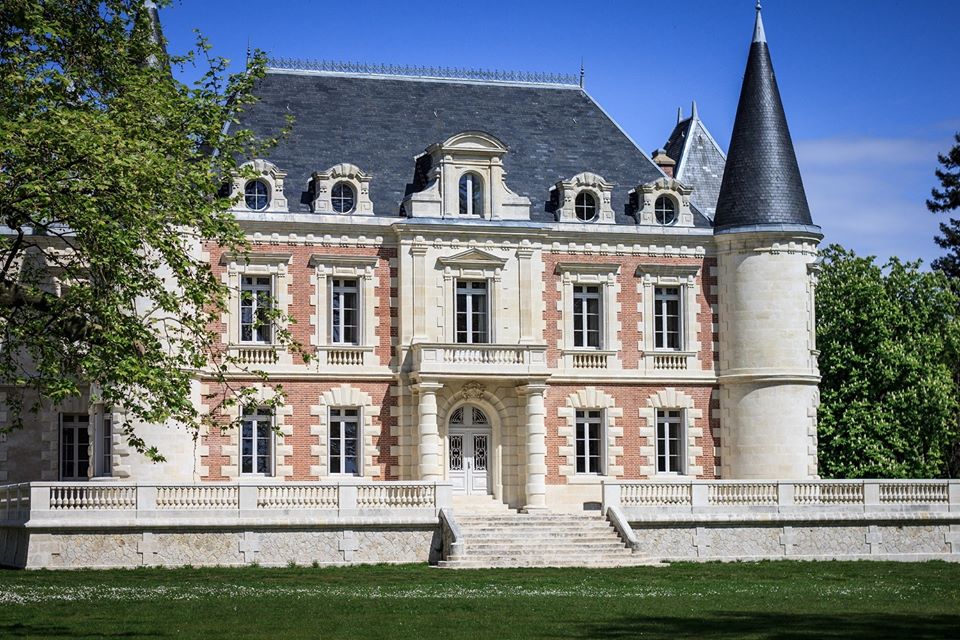Have you ever really seen the inside of a grape? Did you know that the juice of all wine grapes (with two exceptions) is actually translucent? Yes, that’s right, even the red ones. So where do all those shades of red and hues of yellow come from? Where does the wine get its colours?
There are a many factors that influence the colours of the wines. And these factors are the reasons why those beautiful colours of ruby, tawny, lemon-green and gold appear in your glass.
The colours of white wine

When it comes to white wines, the purest colour is a straw colour – often rated from pale straw to a darker yellow. However, the colour becomes even darker and golden due to the time that the wine spends in oak barrels. The oak barrels create a rich, creaminess and also darkens the wine. But this is not the only thing that causes white wine to change colour.
Any white wines that are aged naturally change too. The longer the white wine is aged, the darker the colour becomes – and it may sometimes even turn slightly brown.
The colours of red wine
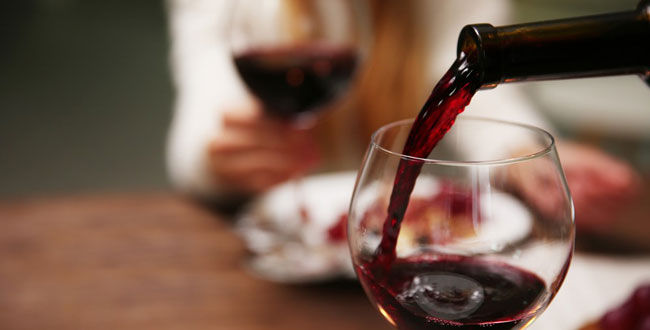
Now if the juice of a red grape is white, why is the wine red?
To add colour, flavour and body to red wine, the skin of the grapes is left on (which is where all the colour lies). And that essentially “stains” the juice red. Each red varietal naturally has different amounts of tannin in the wines – which plays a huge role in how light or dark red the wines are.
And just like with white wine, oak barrels play a role in the intensity of the colour. Wines that spend a longer time in the barrels often have a slightly deeper colour.
When it comes to the ageing effect, however, red wines react differently than whites. With age, red wines start to lose their colour they fade, and change into a garnet, eventually even a brown colour.
The colours of rosé wine

Then again, if the juice is actually white, where does the pink colour comes from for rosé wines.
Leaving the skin on the red wine grapes creates not only that deep colour, but also that intense, full-mouthfeel and complex flavours. With rosé wines, the skin is merely left on the grapes when they are pressed, so the juice that seeps out is slightly tainted from the skin – without the intense, red wine characteristics. The different shades of rosés are greatly influenced by the amount of time that the juice spents in contact with the red skin. These shades can range from a pale salmon colour all the way to a dark pink colour.
All the other colours

We all know white, rosé and red wines. But there are many other wine colours. Here are two less known ones.
- Orange wine – In certain parts of Italy, orange wine is produced simply by leaving the white grapes’ skin and seeds in contact with the juice.
- Brown/tawny wines – Fortified wines spend prolonged time in the barrels and are gradually exposed to oxygen. This naturally causes the brown colour in wines.
The marvels of wine and the production thereof is something to truly admire. Now that we’re armed with this information regarding the colours of wine, we hope that drinking wine will be a much more pleasant experience.
French version here.
Subscribe to Aveine’s Newsletter and follow us on the social media.

